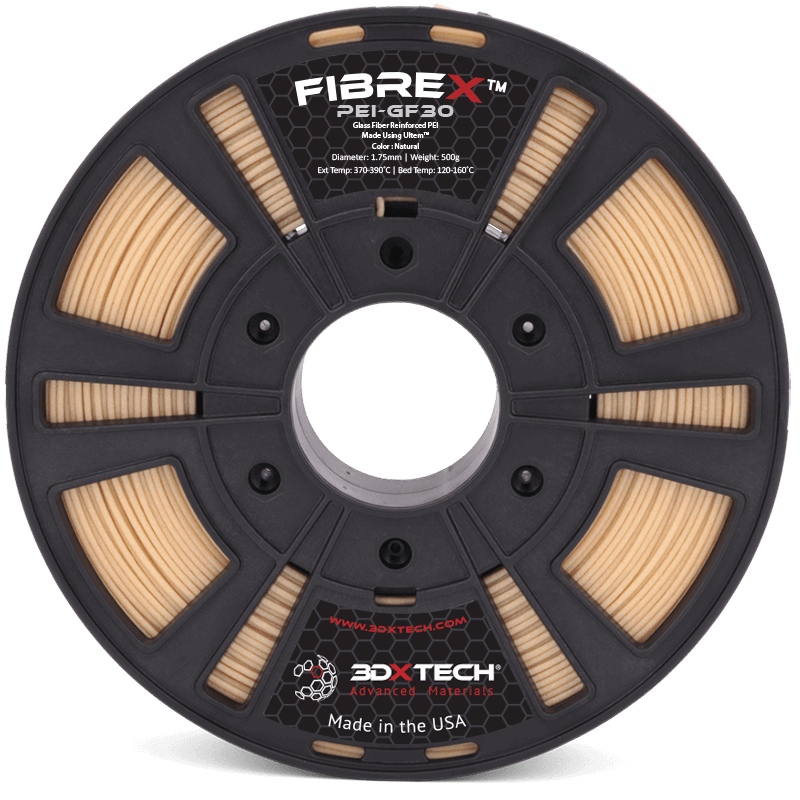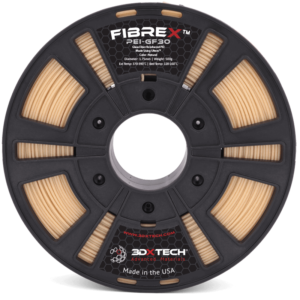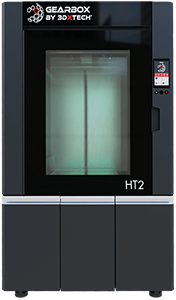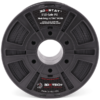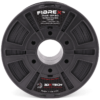FibreX PEI+GF30 Made Using ULTEM PEI
$125.00 – $175.00
FibreX™ PEI+GF30 is an ultra-performance 3D printing filament using 30% glass fiber reinforced ULTEM™ PEI [Polyether Imide] resin. This material combines excellent thermal properties, exceptional dimensional stability, inherent flame retardancy, and very good chemical resistance.
FibreX™ PEI+GF30 Glass Fiber Reinforced 3D Printing Filament, Made Using ULTEM™ 1010 PEI
We manufacture this ultra-performance 30% glass fiber reinforced 3D printing filament using real ULTEM PEI (polyether imide) resin from Sabic. Filaments made from ULTEM resin offer the ability to create parts with excellent properties at elevated temperatures due to a high glass transition temperature (Tg) of 217°C.
PEI is an amorphous, high-performance polymer which combines excellent thermal properties, exceptional dimensional stability, inherent flame retardancy, and good chemical resistance.
Gearbox HT2™ 3D Printer: Print industrial-grade parts using our PEI+GF30 and more with the new Gearbox™ HT2 High-Temp 3D Printer.
Print Recommendations
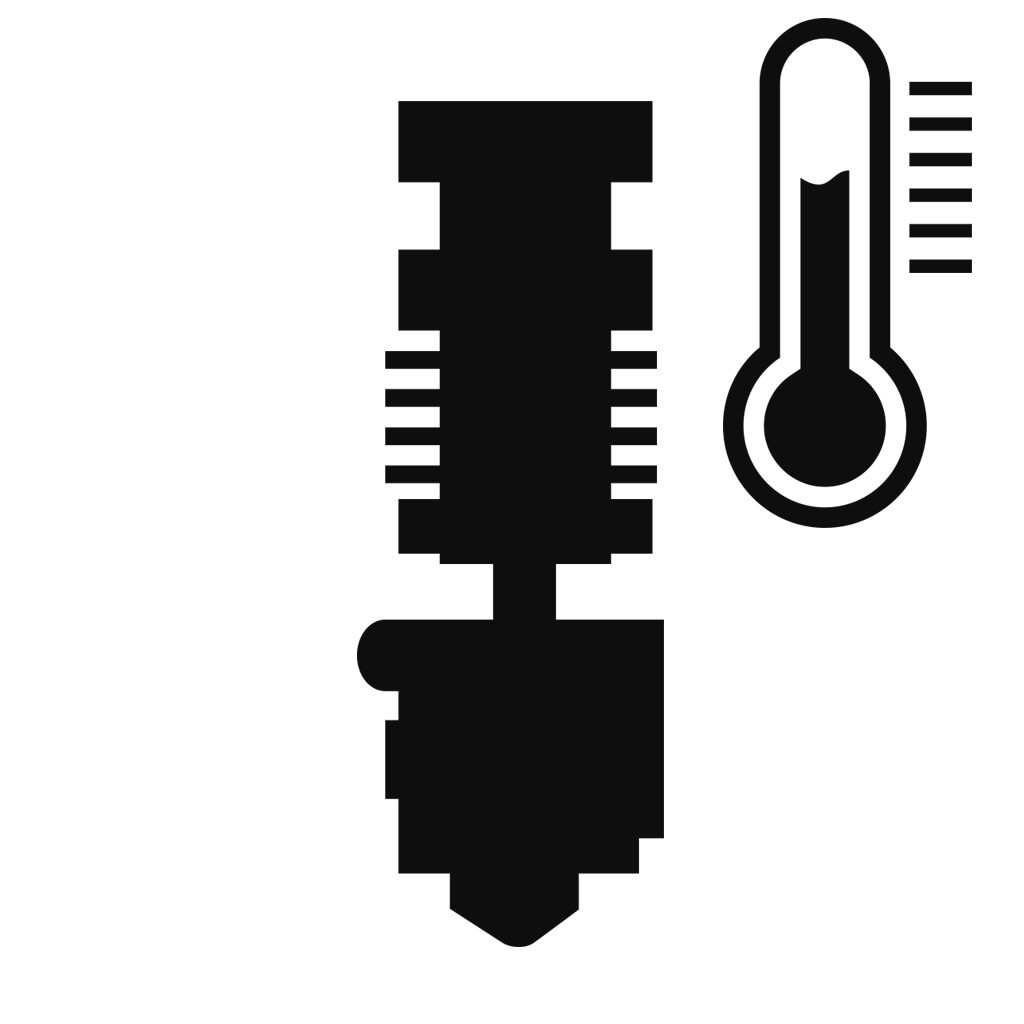
Extruder Temp
370-390°C
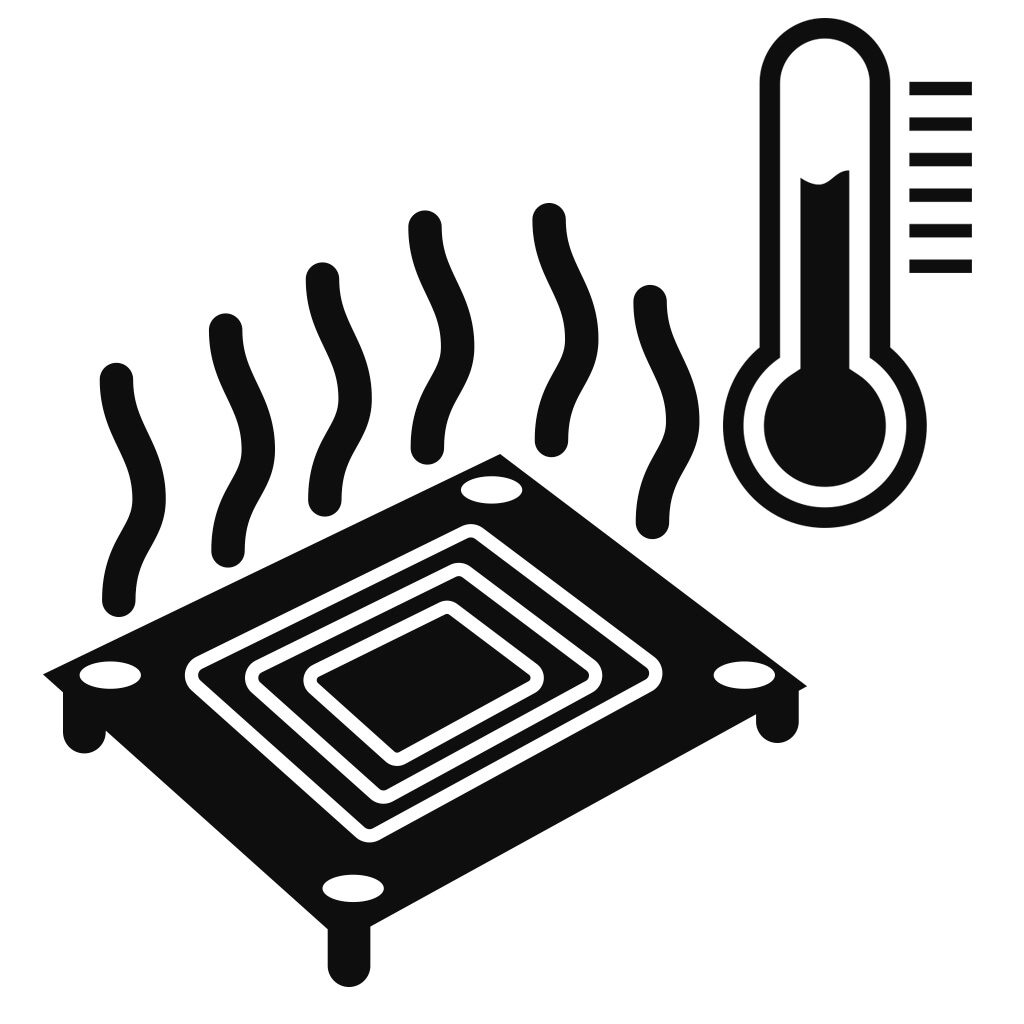
Bed Temp
120-160°C
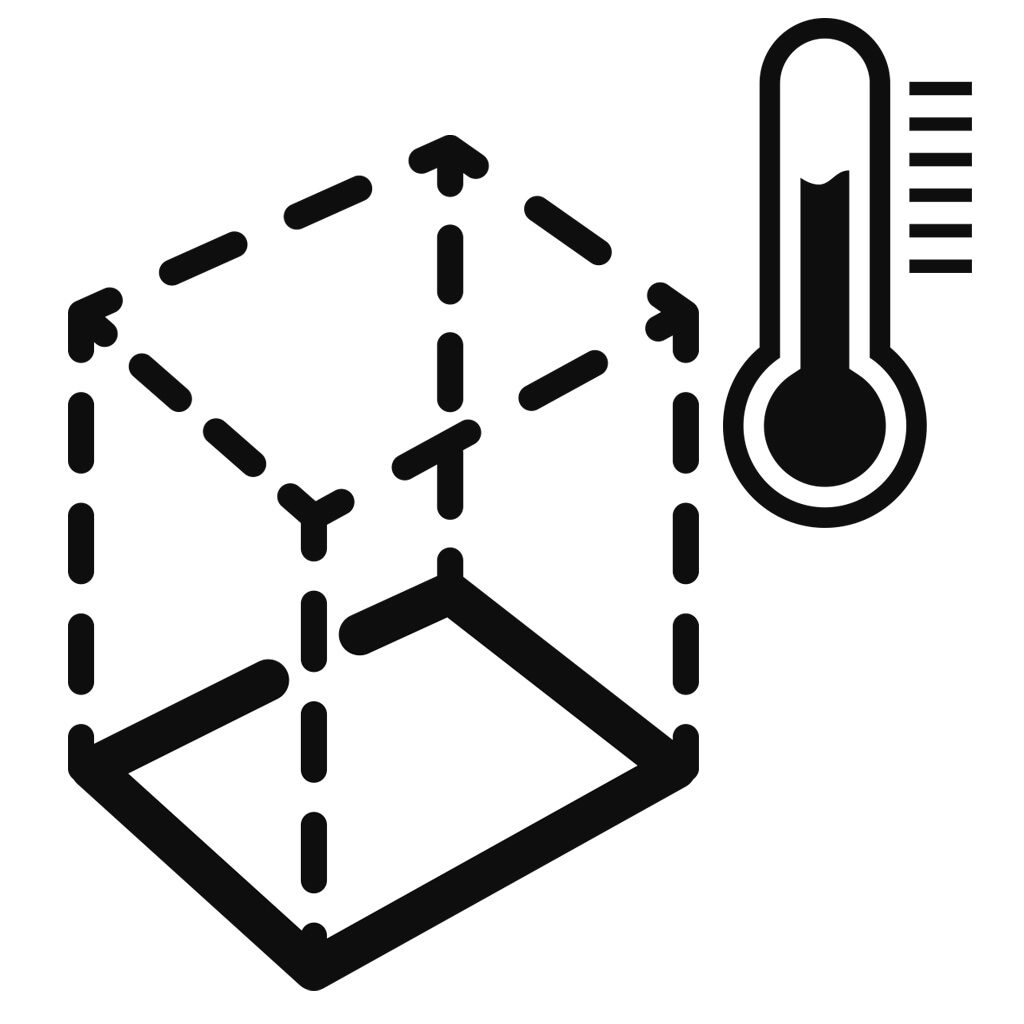
Heated Chamber
Recommended

Nozzle Specs
0.4mm diameter minimum
Hardened Steel Nozzle
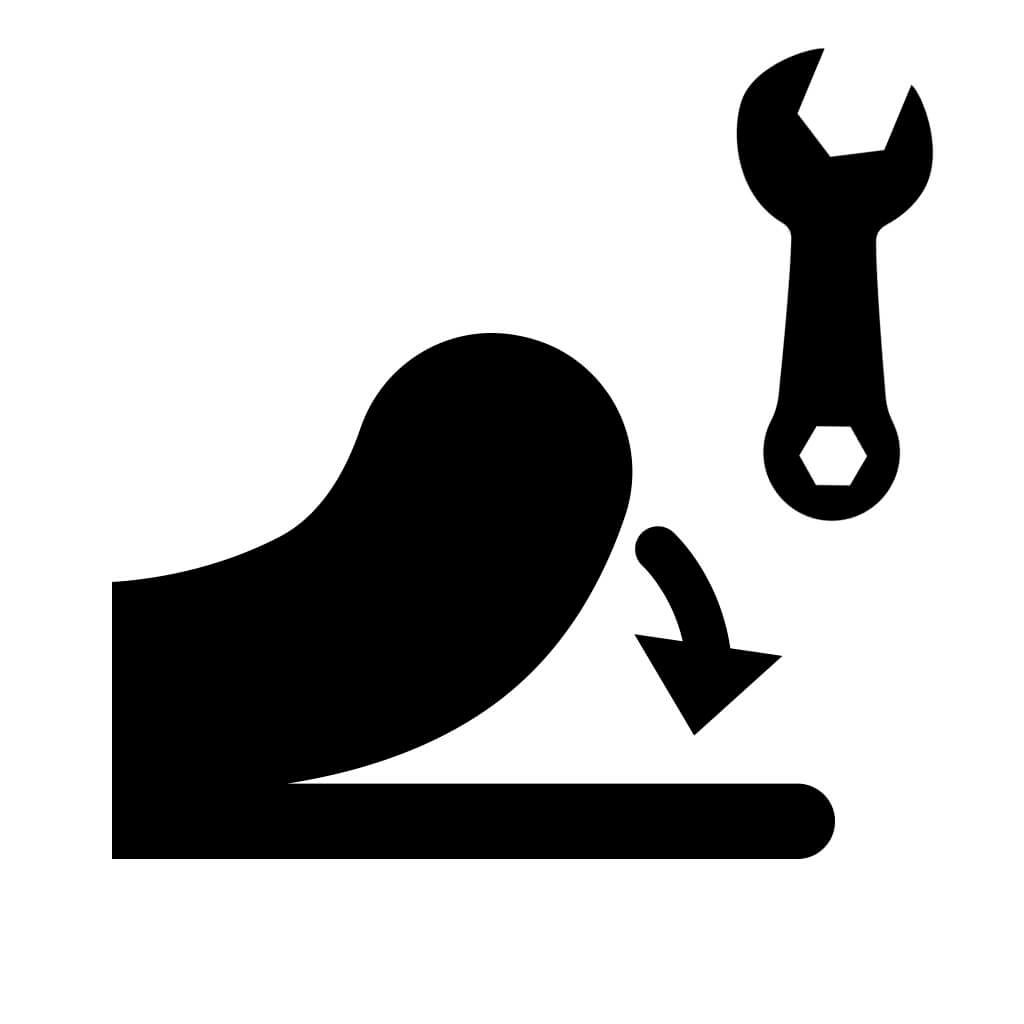
Bed Adhesion
Nano Polymer Adhesive
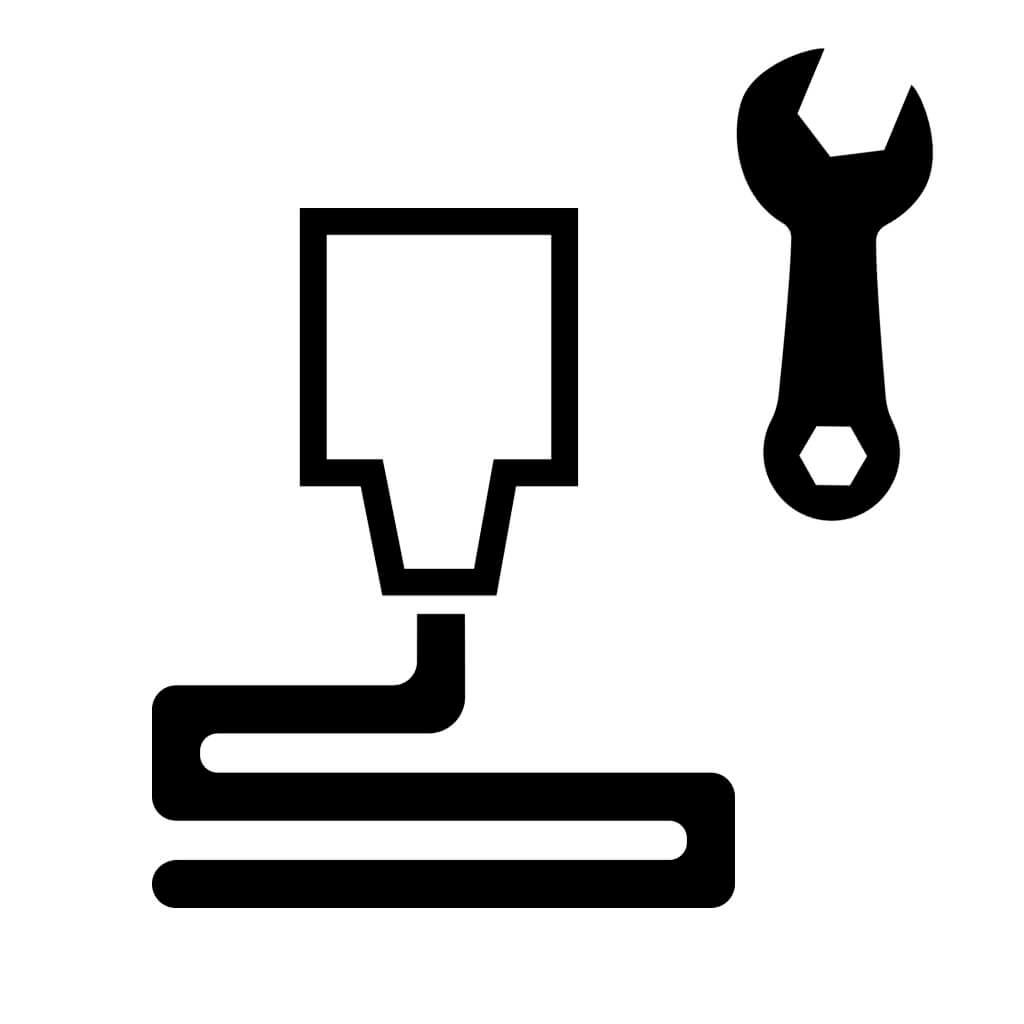
Layer Height
0.25mm or higher

Drying Specs
120°C for 4 hours

Supports
Break-Away Support
Benefits of PEI+GF30 Include:
- High thermal properties, with a Tg of 217°C and HDT of 212°C
- Inherently flame-resistant
- Long-term hydrolytic stability, making it easy to steam and autoclave
- Excellent dimensional stability, low heat creep sensitivity, and a very low, uniform coefficient of thermal expansion create highly reproducible part-to-part dimensions
- Exceptional strength and stiffness, even at elevated temperatures
- Good resistance to a broad range of chemicals, include automotive fluids, fully halogenated hydrocarbons, alcohols, and aqueous solutions
- Stable dielectric constant and dissipation factor over a wide range of temperatures and frequencies
Safety Data Sheet
This material doesn’t yet have a formal SDS.
Filament Specifications:
1.75mm and 2.85mm +/- 0.05mm in diameter
Recommended Print Settings:
- Extruder: 370-390°C
- Bed Temp: 120-160°C
- Nozzle: We highly recommend a hardened steel nozzle with a minimum diameter of 0.4mm for abrasive materials such as this
- Other: Ideal layer height is 60% of nozzle diameter. We do not recommend printing layers smaller than 0.2mm with abrasive filaments
- Bed Prep: Nano Polymer Adhesive gives us the best results
- Heated Chamber: Recommended, an enclosure helps reduce warping and improves print success.
- Supports: ThermaX™ HTS High-Temp Support is designed to work with complex, high-temp materials just like this
- Drying Instructions: 120°C for 4 hours
ULTEM™ is a registered trademark of Sabic Innovative Plastics.
3DXTECH manufactures this PEI+GF30 filament using ULTEM™ PEI resin.
Glass Fiber Reinforced Filament
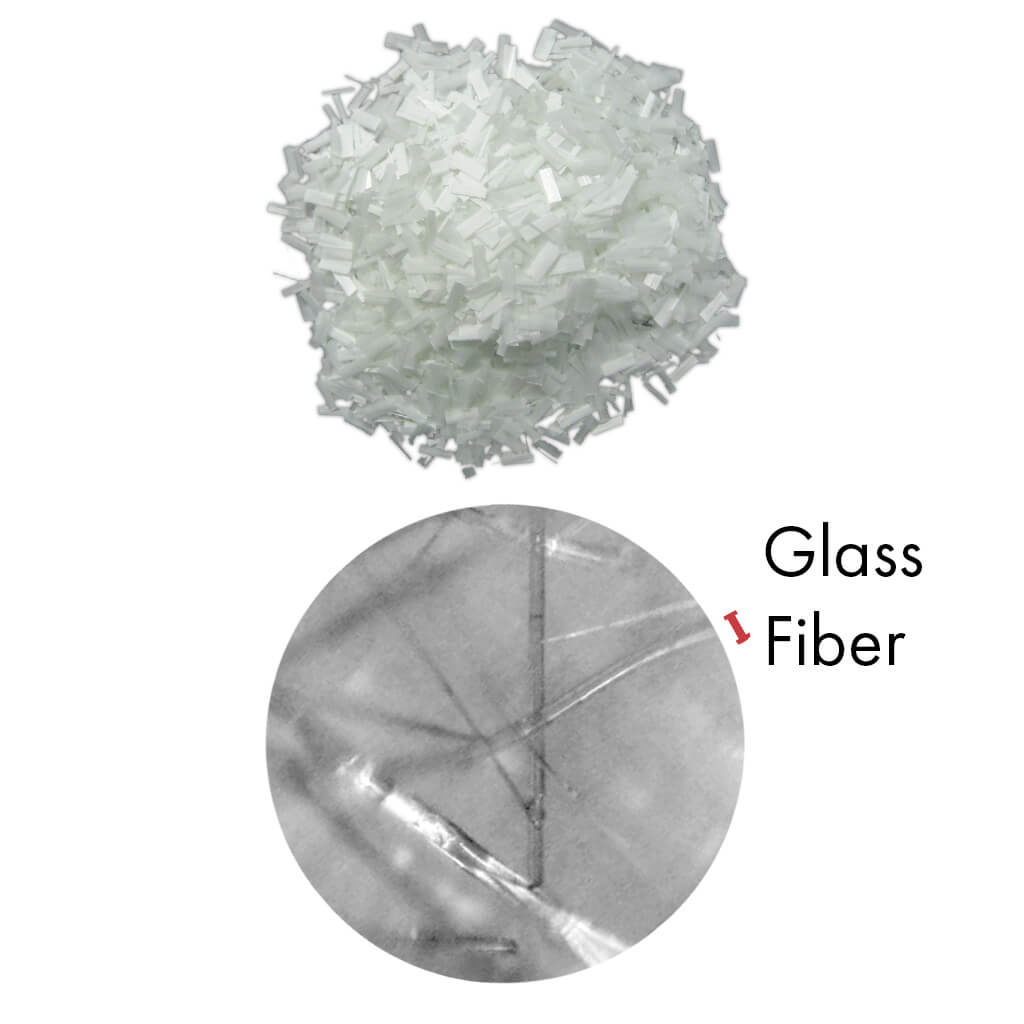
What Is It?
Fibers made of glass reinforced into the polymer during manufacturing and aligned along the axis of filament.
This, along with their physical makeup, give this material enormous strength and mechanical properties.

What Does It Do?
Glass fiber reinforcement gives material a lot of desirable properties:
- High strength
- High stiffness
- High chemical resistance
- Low thermal expansion
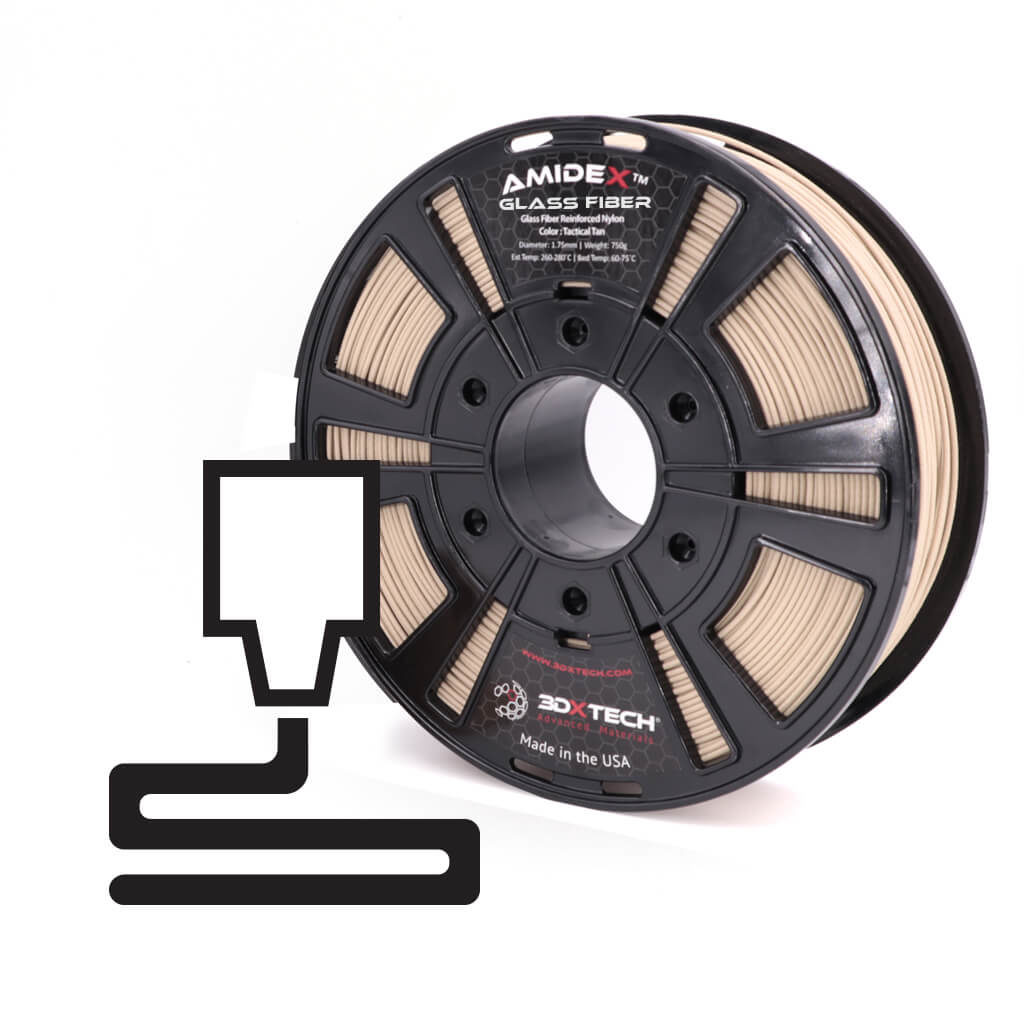
How Does It Work?
Reinforcing plastic with glass fibers produces a 3D printing filament which exhibits the best properties of both fiberglass and the plastic of choice.
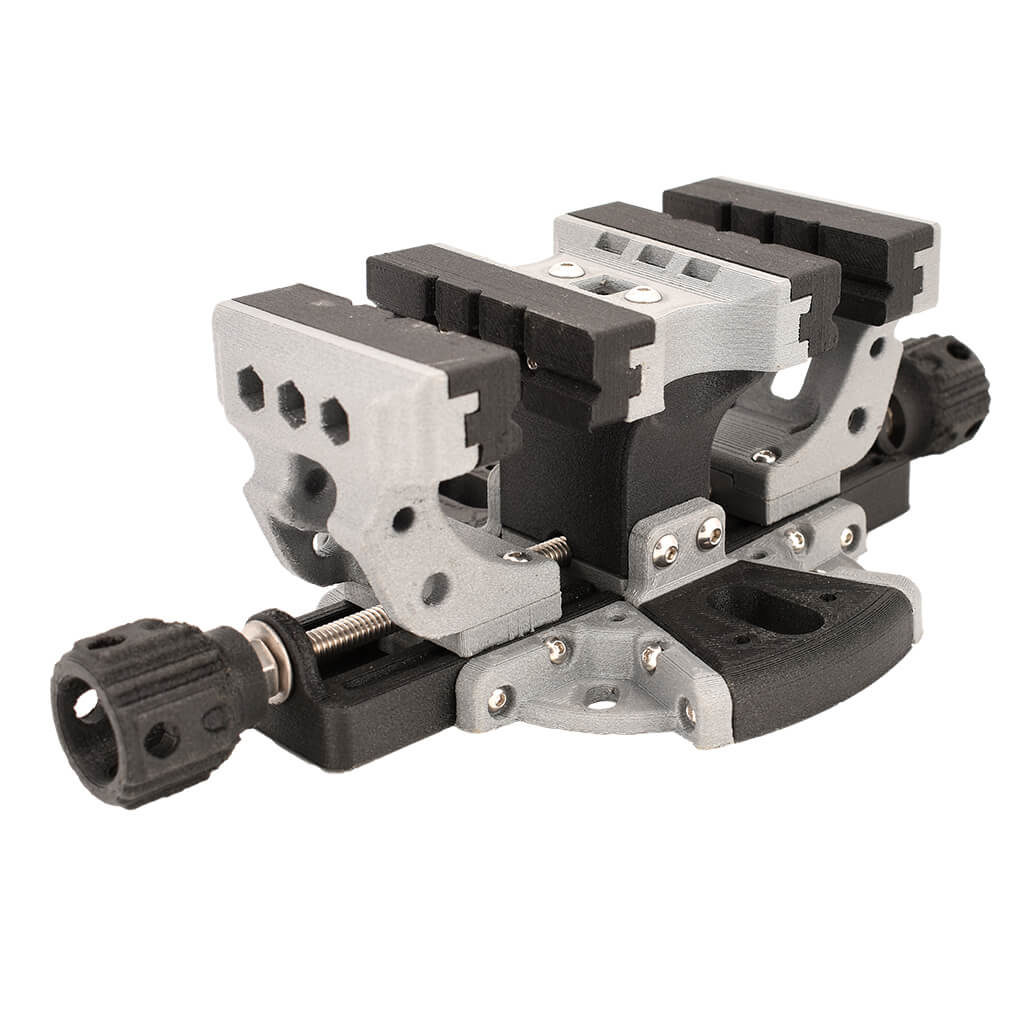
What Is It Good For?
Ideal for any applications which require strength and rigidity.
For these reasons, glass fiber reinforced filament is very popular in automotive, mechanical, civil engineering, and research industries.
Abrasive Material
This material is particularly abrasive among 3D printing filaments. Users may find standard brass nozzles are chewed through very quickly compared to standard wear and tear. When worn through, the nozzle diameter will widen inconsistently and the printer will experience extrusion issues.
Because of this, it's strongly recommended this material be printed through a hardened steel nozzle rather than a softer metal. Hardened steel nozzles can often be inexpensive and easily installed depending on your printer manufacturer's instructions.
Questions?
Send us a message and we'll reach out as soon as we can!

